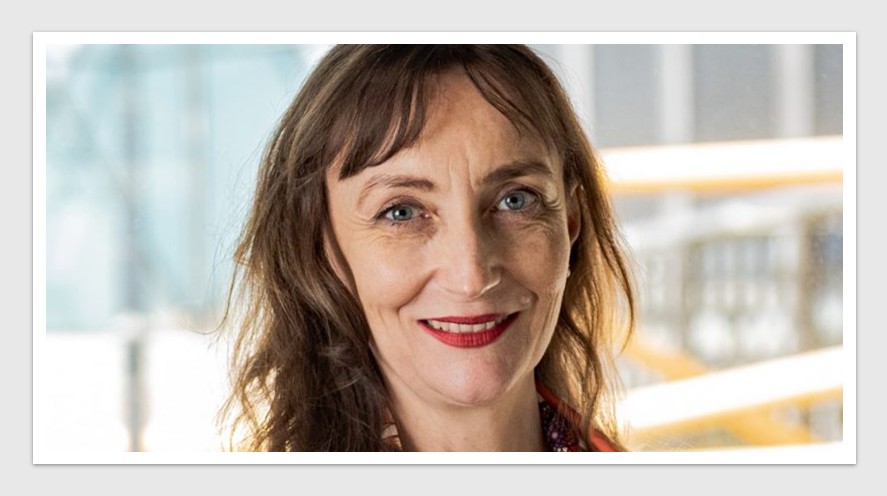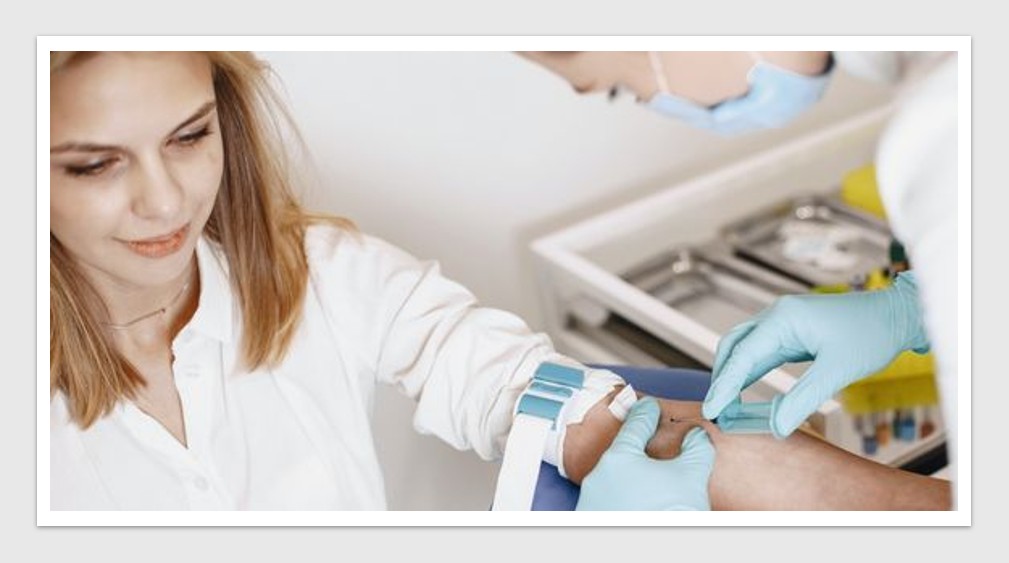Human Resources
Gender discrimination is the leading driver of national pay gap

Human Resources: Complementing the recent Workplace Gender Equality Agency (WGEA) report on the gender pay gap and the call to take bold action, the latest edition of She’s Price(d)less: The economics of the gender pay gap shows that the national pay gap is estimated at $966m per week or $51.8b per year.
The joint report released today by KPMG, Diversity Council Australia (DCA), and the Workplace Gender Equality Agency (WGEA), is the only analysis of its kind in Australia that evaluates the contributing drivers of the gender pay gap to explain why the gender pay gap exists, and what needs to be most addressed to close the gap.
The analysis shows gender discrimination remains the leading driver of the pay gap, contributing 36% of the $2.56 hourly pay gap. Other key pay gap drivers are caring for family and workforce participation (33%) and the type of job and industry sector of employment (24%).
KPMG Chairman, Alison Kitchen, said “Since our last report in 2019, the gender pay gap has remained stubbornly unchanged despite action across the public and private sector to tackle gender inequality. This report shows that gender discrimination continues to be the single largest contributor to the gender pay gap. It also shows a worrying trend in the rise of industry and occupation segregation. We must collectively increase our efforts to build a better and fairer Australia.”
DCA CEO, Lisa Annese, noted “Australian women are among the most educated in the world. Yet despite many years of higher educational attainment than men, and women working more than ever, the gap between women’s and men’s earnings hasn’t significantly budged.”
Why the gender pay gap is narrowing at glacial pace: Employers need to take bold action, WGEA Director (On-demand webinar)
Honourable Mary Wooldridge, Director at WGEA, said “Greater action by employers to address the systemic drivers of the gender pay gap is an investment in our future economic prosperity. Actions employers can take today include undertaking gender pay gap audits and actioning findings, increasing the share of women in leadership positions, and enhancing availability and uptake of parental leave and flexible work by men and women. WGEA collaborates with employers making these changes and seeing real, tangible benefits for their workforce and for their business.”
The glass ceiling
The report also includes an analysis of the gender pay gap by income quintile, which shows gender discrimination, lack of opportunities for promotion, and underrepresentation in management impact women throughout their careers.
It also reveals that women at the start of their career experience a pay gap of 6% but as they progress through their careers to top management levels, the pay gap increases to a high of 18%.
Industry snapshot
The report’s analysis across five key industries (Healthcare and Social Assistance, Education and Training, Retail Trade, Manufacturing and Accommodation and Food Services) shows how gender pay gaps remain prevalent regardless of labour force size, gender composition or average rate of pay.
It also finds that women in feminised industries also face barriers to achieving wage parity, with gender pay gaps above the national average and underrepresentation in promotions and key management positions.
Take Bold Action to Effect Change
The points below reflect the opportunities for closing the gender pay gap revealed in the report.
Gender discrimination
- Eliminate workplaces sexual harassment, everyday sexism and gendered violence.
- Address discrimination in work practices such as hiring, promotion and access to training.
- Increase pay transparency and reporting on gender pay gaps.
- Undertake gender pay gap audits and actioning findings.
Gender segregation in job type
- Break down social norms regarding what roles and industries are appropriate for men and women.
- Address wage inequality in feminised industries.
- Increase the share of women in leadership positions, including through targets or other diversity policies.
- Develop networks of advocates for gender equality among men and women who can address barriers and affect change.
Care, family responsibilities and workforce participation
- Improve work life balance by increasing availability of flexible work.
- Change workplace culture and addressing unconscious bias.
- Rethink and redesigning part-time roles for managers.
- Enhance availability and uptake of shared parental care.
- Increase availability of childcare and decreasing cost.
- Reduce disincentives to increasing workforce participation through personal tax, family payment and childcare support systems.
The She’s Price(d)less report shows that greater action by industry, the community, and governments to address the systemic drivers of the gender pay gap is both a collective obligation and an investment in Australia’s future economic prosperity.
Ms Wooldridge stated “The results send a clear message: we need to act urgently. Without meaningful action, we risk gender inequality becoming a permanent feature in the Australian workforce.”
News & Trends - MedTech & Diagnostics

Landmark study exposes stark differences in ICD battery life and patient risk
A new independent study examining over 35,000 implantable cardioverter-defibrillators (ICDs) has uncovered significant differences in battery longevity across several medtech […]
MoreNews & Trends - Pharmaceuticals

Industry roundtable to shape Australia’s genomics policy
An invitation-only roundtable of key industry leaders and representatives from both federal and state governments is convening today to shape […]
MoreNews & Trends - MedTech & Diagnostics

Pathology indexation reboot leaves essential services behind
After nearly three decades of stagnation, the federal government has reinstated annual indexation for selected Medicare Benefits Schedule (MBS) pathology […]
MoreDigital & Innovation

Navigating telehealth’s crowded rulebook: New consortium adds its voice to the mix
A newly formed Consortium of telehealth providers and private health insurers has come together to develop national standards for the […]
More